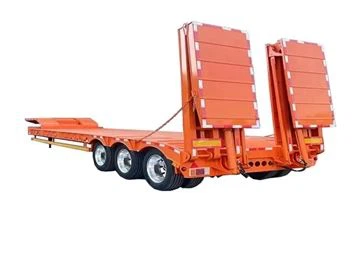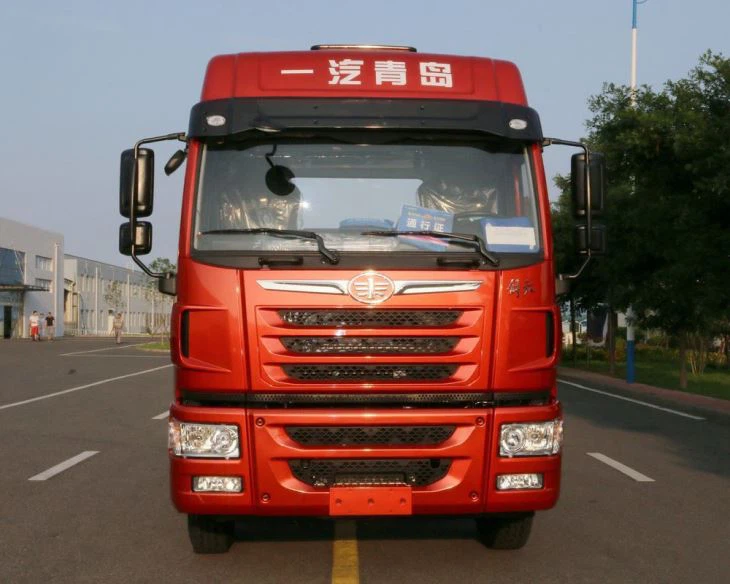The Essential Parts of a Trash Truck: A Comprehensive Guide

Trash trucks play a vital role in keeping our cities clean and organized. Understanding their components can provide insight into how waste management operates behind the scenes. In this article, we will dive deep into the various parts of a trash truck, enhancing your knowledge and appreciation of these essential vehicles.
1. Overview of Trash Trucks
Trash trucks, also known as garbage trucks or waste collection vehicles, are specialized vehicles designed for the collection and transportation of waste. They come in different types and configurations, suitable for various waste management needs. Understanding the functionality of these trucks can help in appreciating the complexity of waste disposal systems.
2. Anatomy of a Trash Truck
2.1 Chassis
The chassis is the foundation of the trash truck. It is the frame that supports all other components, including the cab, body, and loading systems. Made of strong materials, it is designed to bear heavy loads while ensuring durability.
2.2 Cab
The cab is where the driver operates the truck. It is designed with comfort and safety features, including:
- Seats: Often equipped with ergonomic seating for comfort during long shifts.
- Controls: Includes steering wheel, pedals, and a dashboard with various indicators.
- Visibility Features: Large windows and mirrors for better visibility of surroundings.
2.3 Compaction Body
The compaction body is a crucial part of the trash truck. It is designed to collect and compact waste efficiently. Features of the compaction body include:
- Loading Mechanism: Often includes a hydraulically operated arm or lift.
- Compactor Blade: A powerful blade that compresses waste to maximize space.
- Waste Storage Capacity: Usually ranges from 10 to 30 cubic yards, depending on the truck size.
2.4 Hydraulic System

The hydraulic system is responsible for powering the compaction and loading mechanisms. It uses fluid to transfer power and operates various components. Key elements include:
- Hydraulic Pump: Generates pressure to move the hydraulic fluid.
- Cylinders: Convert the fluid pressure into mechanical force to operate the compaction blade and arms.
2.5 Rear Loaders
Rear loaders have a compaction mechanism located at the back of the truck. This design allows for easy access during collection. Features include:
- Rear Door: Opens to allow waste to enter the compaction area.
- Manual or Automatic Loading: Depending on the type of operations, it can be controlled by the driver or an automated system.
2.6 Side Loaders
Side loaders collect waste from the side of the truck, using automated arms to pick up bins. Benefits of side loaders include:
- Efficiency: Reduces the need for workers to leave the cab for bin collection.
- Space-Saving: Ideal for narrow streets and limited access areas.
2.7 Front Loaders
Front loaders are designed for commercial waste collection, using a fork-like mechanism to lift large containers. Their features include:
- Heavy-Duty Design: Built to handle larger waste containers.
- Operational Speed: Optimized for quick loading and unloading.
2.8 Safety Features
Safety is paramount in trash truck design. Key safety features include:
- Reflectors and Lights: Enhance visibility during night operations.
- Backup Alarms: Alerts pedestrians and other vehicles when reversing.
- Safety Cameras: Provide the driver with a broader view of surroundings.
3. Types of Trash Trucks

Different types of trash trucks serve various purposes in waste management. Here’s a breakdown of common types:
| Type | Description | Use Case |
|---|---|---|
| Rear Loader | Highly versatile truck with waste loading from the back. | Residential areas and commercial waste collection. |
| Side Loader | Mechanism for side collection using automated arms. | Narrow streets and bin collections. |
| Front Loader | Specialized for larger containers using a fork mechanism. | Commercial waste management. |
| Compaction Truck | Compresses waste to maximize space. | High-density waste collection operations. |
4. Environmental Impact of Trash Trucks
While trash trucks are essential for waste management, they also have an environmental impact. Key aspects to consider include:
4.1 Emissions
Traditional trash trucks run on diesel, contributing to air pollution. Transitioning to electric or hybrid models is a growing trend, aimed at reducing carbon footprints.
4.2 Noise Pollution
The operations of trash trucks can create noise disturbances, particularly in residential areas. Investing in quieter engines and reducing operational hours can mitigate this issue.
4.3 Efficient Waste Management
Improper waste disposal leads to increased landfill waste. Efficient collection reduces environmental impact and promotes recycling efforts.
5. Maintenance of Trash Trucks
Regular maintenance is key to keeping trash trucks operational. Important maintenance tasks include:
5.1 Regular Inspections
Conducting daily inspections of hydraulic systems, brakes, and compaction mechanisms ensures safety and functionality.
5.2 Oil Changes
Frequent oil changes for both the engine and hydraulic system are crucial to prevent wear and tear.
5.3 Tire Maintenance
Checking tire pressure and tread can prevent blowouts and enhance fuel efficiency.
6. Tips for Efficient Trash Collection
Learn how to optimize waste collection to save time and resources:
6.1 Route Optimization
Using GPS technology to optimize routes can reduce fuel consumption and improve service efficiency.
6.2 Training Drivers
Proper training on operating techniques and safety can lead to better performance and reduce accidents.
6.3 Community Education
Educating the community on proper waste disposal practices fosters better recycling habits, which can lessen truck loads and improve efficiency.
7. FAQ Section
7.1 What is the average lifespan of a trash truck?
The average lifespan of a trash truck is around 10 to 15 years, depending on maintenance and usage.
7.2 How much waste can a typical trash truck hold?
A standard trash truck can hold between 10 to 30 cubic yards of waste, depending on its size and configuration.
7.3 Are trash trucks environmentally friendly?
While traditional trash trucks emit pollutants, the industry is transitioning toward electric and hybrid models to minimize environmental impact.
7.4 What type of fuel do most trash trucks use?
Most trash trucks operate on diesel, but many municipalities are exploring alternative fuels, including compressed natural gas (CNG) and electricity.
7.5 How often are trash trucks maintained?
Maintenance schedules can vary, but regular inspections should be conducted daily, while more in-depth maintenance is often performed every 3,000 to 5,000 miles.
7.6 What are the safety features in modern trash trucks?

Modern trash trucks often include backup alarms, safety cameras, reflective surfaces, and noise-reduction technologies to enhance safety during operations.
By understanding the critical parts and functions of a trash truck, you can appreciate the complexity and importance of waste management systems in our communities. This knowledge can also facilitate better discussions about sustainability and advancements in waste disposal technologies.
